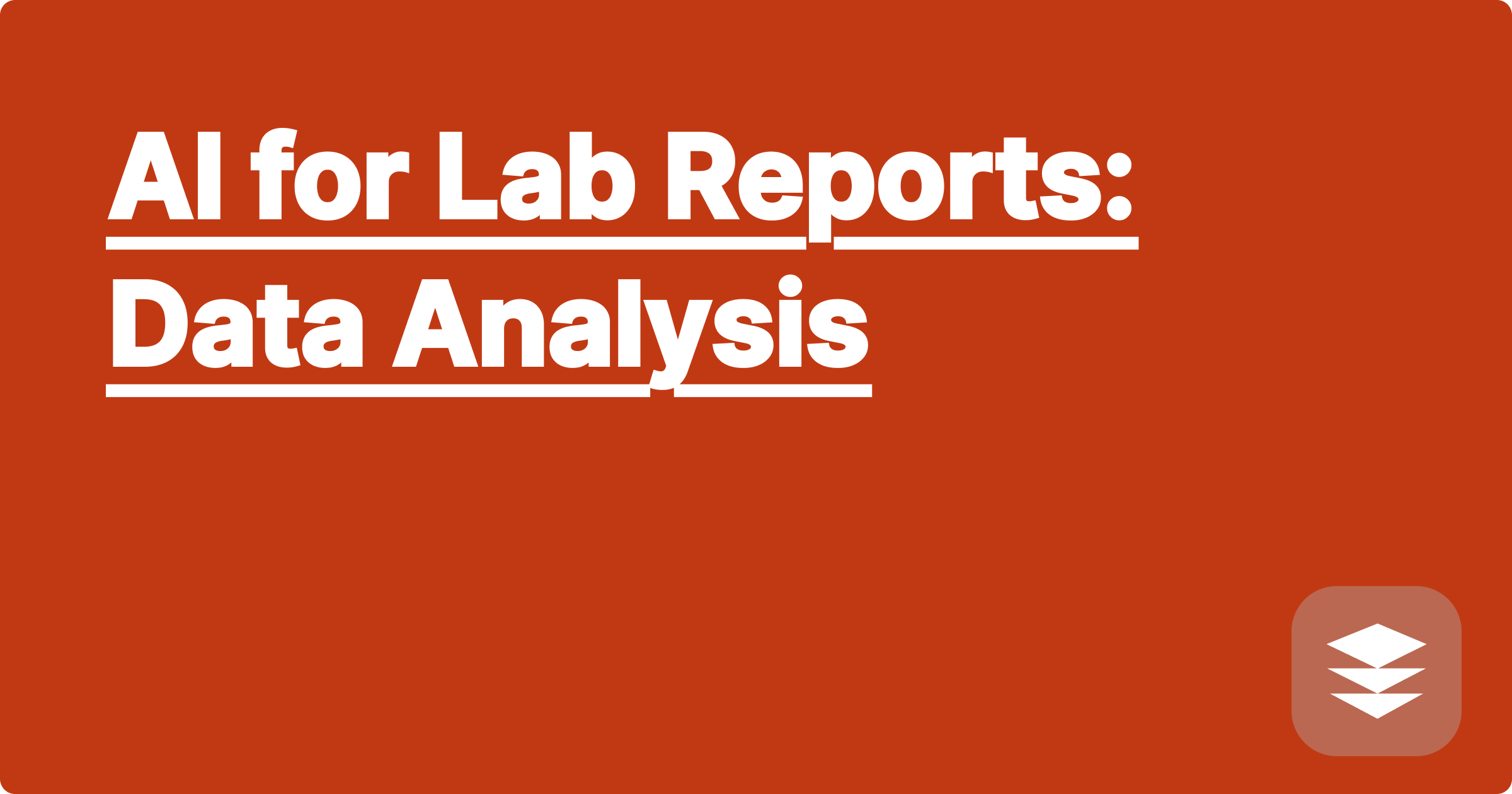
STEM fields are awash in data, a deluge stemming from increasingly sophisticated experiments and simulations. Analyzing this data efficiently and accurately represents a significant bottleneck for many students and researchers. Traditional methods can be time-consuming, requiring extensive manual processing and specialized software expertise. Artificial intelligence offers a promising solution, providing powerful tools to automate data analysis, extract meaningful insights, and accelerate the scientific discovery process. This emerging paradigm shift empowers researchers to focus on higher-level thinking and interpretation, leaving the tedious aspects of data crunching to intelligent algorithms.
This revolution in data analysis has profound implications for STEM education and research. Students can leverage AI to grasp complex concepts more readily, exploring various analytical approaches and visualizing data in intuitive ways. Researchers can accelerate their work, tackling larger datasets and uncovering hidden patterns that might otherwise remain elusive. Ultimately, AI empowers STEM professionals to be more productive, innovative, and impactful in their respective fields. Embracing these tools is not just about keeping pace with technological advancements; it's about unlocking new possibilities and pushing the boundaries of scientific knowledge.
The sheer volume of data generated in modern STEM research can be overwhelming. Experiments often produce massive datasets, ranging from genomic sequences to astronomical observations. Analyzing this data effectively requires significant computational resources and specialized expertise. Traditional statistical methods may be inadequate for handling the complexity and scale of these datasets. Furthermore, manual data processing is prone to human error and can be incredibly time-consuming, diverting valuable time and resources away from core research activities. The challenge lies not just in processing the data, but in extracting meaningful insights that advance scientific understanding. This requires sophisticated analytical techniques and the ability to identify relevant patterns and correlations within the data.
AI-powered tools offer a transformative approach to data analysis in STEM. Large language models like ChatGPT and Claude can assist with data interpretation, hypothesis generation, and even the drafting of sections within lab reports. Wolfram Alpha, with its computational prowess, excels at complex calculations, symbolic manipulations, and data visualization. These tools, combined with specialized AI platforms designed for scientific data analysis, provide a powerful arsenal for researchers. They can automate repetitive tasks, identify complex patterns, and generate insightful visualizations, significantly accelerating the data analysis process. By leveraging these AI capabilities, researchers can focus on the intellectual core of their work: interpreting results, formulating conclusions, and designing future experiments.
Begin by clearly defining your research question and identifying the relevant data. This crucial first step ensures that your analysis is focused and purposeful. Next, choose the appropriate AI tools for your specific needs. For example, if you need to perform complex calculations or generate visualizations, Wolfram Alpha might be the ideal choice. If you require assistance with data interpretation or report writing, ChatGPT or Claude could be more suitable. Once you've selected your tools, prepare your data for analysis. This might involve cleaning the data, removing outliers, or transforming it into a suitable format for the chosen AI tool. Then, input your data into the AI tool and specify the desired analysis. This could involve asking specific questions, defining parameters, or selecting pre-built analytical functions. Finally, carefully review and interpret the results generated by the AI. Remember that AI tools are powerful assistants, but the ultimate responsibility for interpreting and validating the results lies with the researcher.
Consider a researcher studying the effects of a new drug on cell growth. They might use Wolfram Alpha to perform statistical analysis on cell count data, calculating mean, standard deviation, and p-values to determine the significance of the drug's effect. They could then use ChatGPT to help interpret these results and draft the results section of their lab report, incorporating relevant scientific literature and explaining the implications of the findings. Another example might involve a physicist analyzing data from a particle accelerator experiment. They could use a specialized AI platform to identify patterns in the particle trajectories, potentially uncovering evidence of new particles or interactions. Formulas like linear regression (y = mx + c) or more complex equations can be readily handled by AI tools, automating the process of fitting models to experimental data. Code snippets in languages like Python can be integrated with AI platforms, further enhancing the flexibility and power of the analysis.
To effectively utilize AI in STEM education and research, develop a strong understanding of the underlying principles of data analysis. This foundation ensures that you can critically evaluate the results generated by AI tools and avoid potential pitfalls. Experiment with different AI platforms and tools to find the ones that best suit your specific needs and research questions. Don't be afraid to explore new approaches and push the boundaries of what's possible with AI. Always validate the results obtained from AI tools using traditional methods or independent datasets. This crucial step ensures the accuracy and reliability of your findings. Finally, stay up-to-date with the latest advancements in AI and data analysis. The field is rapidly evolving, and new tools and techniques are constantly emerging.
Embrace AI as a powerful partner in your STEM journey. Start by exploring the available tools and experimenting with different approaches to data analysis. Consider taking online courses or attending workshops to enhance your AI skills. Engage with the STEM community and share your experiences with using AI in your research. By actively incorporating AI into your workflow, you can unlock new possibilities and accelerate your progress in the exciting world of STEM.
AI Homework Help: STEM Made Easy
Ace STEM Exams: AI Study Guide
AI for Lab Reports: Data Analysis